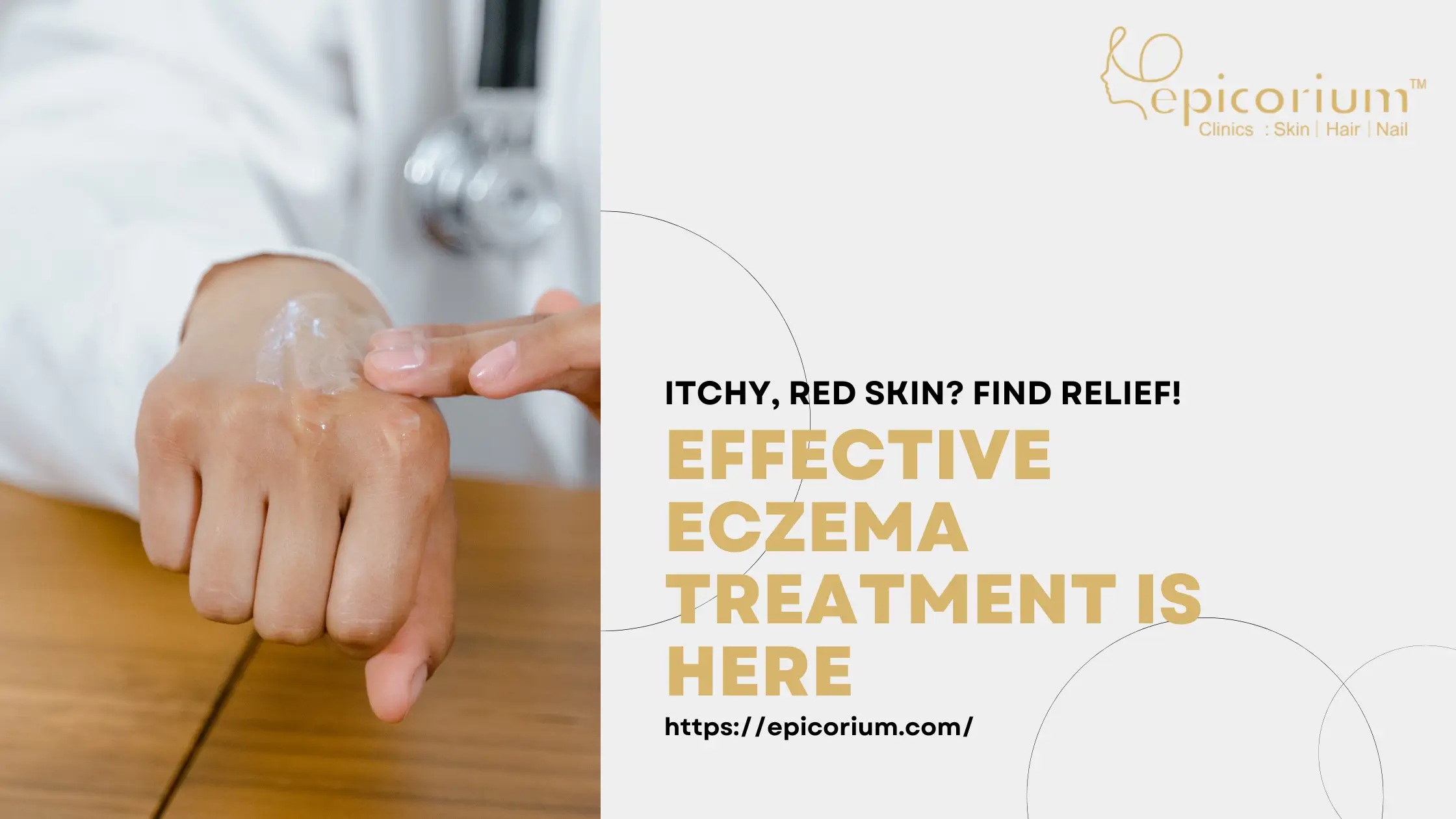
In the course of medical practice, dermatologists, surgeons, or general practitioners rarely perform nail surgery. The cause is a general reluctance to do any treatment other than nail avulsions, even though they are very rarely necessary and have little therapeutic benefit; they are typically done to avoid being compelled to make a diagnosis. Additionally, minor surgery textbooks’ descriptions of the nail avulsion technique use a crude approach that frequently exacerbates conditions that should have been treated. Nail biopsies are very helpful but are hardly carried out since the patient is frequently terrified of the discomfort and pain they would experience after surgery, and the doctor is unskilled and reluctant to risk leaving a postoperative nail dystrophy.
Requirements For Nail Surgery
Basic and advanced nail surgery both require a complete understanding of the biology, physiology, anatomy, growth traits, and pathology of the nail as well as sterile operating rooms and appropriate lighting.
Read MoreIn the course of medical practice, dermatologists, surgeons, or general practitioners rarely perform nail surgery. The cause is a general reluctance to do any treatment other than nail avulsions, even though they are very rarely necessary and have little therapeutic benefit; they are typically done to avoid being compelled to make a diagnosis. Additionally, minor surgery textbooks’ descriptions of the nail avulsion technique use a crude approach that frequently exacerbates conditions that should have been treated. Nail biopsies are very helpful but are hardly carried out since the patient is frequently terrified of the discomfort and pain they would experience after surgery, and the doctor is unskilled and reluctant to risk leaving a postoperative nail dystrophy.
Requirements For Nail Surgery
Basic and advanced nail surgery both require a complete understanding of the biology, physiology, anatomy, growth traits, and pathology of the nail as well as sterile operating rooms and appropriate lighting.
A top-notch anaesthetic is essential. For the long fingers, the transthecal anaesthesia technique is ideal: 3–4 ml of 1% or 2% local anaesthetic can be injected after a single needle prick is made in the centre of the volar crease of the metacarpo-phalangeal joint, about 4-6 mm deep, just until the resistance of the firm tendon is felt. The needle must be removed from the tendon by around 0.5 to 1 mm in the event that too much force is required to inject.
The distal part of the finger is effectively asleep after 3–5 minutes of anaesthesia. The neurovascular bundles of the appropriate digital nerves cannot be harmed by the sharp needle tip, which is an advantage in addition to the single needle prick. The distal injection into the proximal and/or lateral nail folds may interfere with the surgery, thus if this method is not practical, the proximal finger ring block is used instead.
What Takes Place During the Procedure?
You can have nail surgery in your doctor’s office. Your doctor numbs the region around your nail before the procedure begins. It’s quite similar if you’ve ever had your gums numbed at the dentist. Despite being awake during the procedure, you won’t experience any pain.
Your doctor will use specialised equipment to either completely remove the nail or just the infected portion once the region around the nail has become numb.
The nail matrix, which is what causes your nail to grow again, may need to be destroyed in severe cases. Your doctor will typically bandage the area around your nail bed, which is where your nail once was, and apply antibiotic cream after the procedure. The antibiotic aids in preventing bacterial infections.
Typically, the procedure lasts under an hour.
When is surgery required?
A person should visit a doctor rather than attempting to treat the nail at home if there are symptoms of infection. If someone has a medical problem, such as diabetes, nerve damage, or poor circulation, that makes home therapy risky, they should also consult a doctor for an ingrown nail.
Infection symptoms include:
severe pain, swelling, pus, and a fever
What Do You Do To Prepare?
Your doctor will likely conduct a physical examination on you prior to the procedure and speak with you about your medical history, including previous illnesses and operations. Additionally, they’ll ask if you have:
- Tape or latex allergies
- Disorders of bleeding
- Drug allergies and diabetes
- Medications you regularly take, such as over-the-counter vitamins and aspirin-based painkillers
You can shower, eat, and take your regular medications on the day of your surgery, unless your doctor has advised against it.
Nail surgery complications
The most frequent consequences are typically avoided with the right method and a thorough patient examination before nail surgery, which also eliminates high-risk patients. Even if bleeding occurs after loosening the tourniquet, it is typically not an issue. However, the tourniquet should not be applied for longer than 20 to 30 minutes; for lengthier operations, it should be removed every 20 minutes. The threshold for pain varies greatly from person to person. Sedation before surgery is beneficial. Poor anaesthetic during surgery is to blame for any pain.
How Does Recovery Feel?
Expect the region around your nail to feel numb for the first several hours following the procedure. You can have discomfort and throbbing after that. Additionally, you might see fluid, blood, or swelling emanating from your wound.
As much as you can, elevate your arm or leg above the level of your heart during the first 48 hours following surgery. This lessens the pain and reduces swelling.
You’ll need to frequently switch out your bandages as you heal. Your doctor will demonstrate how to do this and may also prescribe an antifungal drug to apply topically to your nail bed in order to eradicate any remaining fungus.
When Will Things Be Normal Again?
Expect the nail bed to recover in at least 2-3 weeks. Everyone heals at a different rate. When you may resume your regular physical activity, your doctor will inform you.
You don’t need to worry about your nail surgery when Epicure is on your side. We work with the top medical professionals to provide you with the best care at the most reasonable cost!
FAQs
Nail surgery itself is a painless procedure, as we first administer local anaesthetic to numb the affected toe. The injection itself is slightly uncomfortable, however it is over quickly, and the toe will be completely numb in approximately 2-3 minutes. As a result, the subsequent nail surgery procedure will be completely painless.
The effects of the anaesthetic lasts for around 2 hours. This usually provides enough post-operative pain relief but, if there is some pain at this time, a painkiller you would normally take for a headache (e.g. paracetamol) should help.
Healing times can vary; however, most people are fully healed from anywhere between 4 and 8 weeks. An average, healthy individual will be fully healed by 4-6 weeks. It should not be painful and normal daily activities can resume the next day. Sometimes you may need a little bit of time out of certain sports/activities but we aim to keep this to a minimum.
Nail surgery is a minor surgical procedure; however, it does carry some risks. In a nutshell, the main risks are: post-operative bleeding or infection, phenol burn, allergic reaction and nail regrowth. Although this may sound alarming, these are, thankfully, very rare occurrences. We will ensure these risks are fully explained to you and that precautions are taken to minimise these risks from occurring.
We recommend you relax and put your feet up for the rest of the day following nail surgery. You will need to keep the dressing clean and dry until your next appointment, but most people manage to go about their normal activities from the next day onwards.



